Exploring the 37-Mile Tunnel Ensuring London’s Power Supply
A drizzle hangs in the air on Acre Lane in Brixton, south London, as The Sunday Times team observes a unique construction site. Unlike typical projects, this one features machinery that directs its efforts downward into the earth.
Located at the Kings Avenue shaft, the London Power Tunnels project under the National Grid aims to excavate a 37-mile circular tunnel beneath the capital. This initiative is designed to install high-voltage cables well below the urban landscape, aiming to secure London’s energy needs for the next hundred years. The average depth of the tunnel is 30 meters, reaching depths of 45 meters in certain areas—significantly deeper than the London Underground.
Years of meticulous planning have gone into carving this power tunnel through the city’s underground maze. Project Director Joe Senior explains, “We need to finalize the design, ensure adequate spacing from existing tunnels, and prevent interference with the infrastructure we’ll encounter.”

This infrastructure includes upcoming projects like Crossrail 2, a proposed rail link across London, and the potential Bakerloo Line extension.
The significance of initiatives like the London Power Tunnels cannot be overstated. Following recent grid failures leading to blackouts in Spain and Portugal, the stability of power supply has emerged as a critical political issue. In London, a fire in March at a west London substation—housing transformers over fifty years old—resulted in the temporary closure of Heathrow Airport.
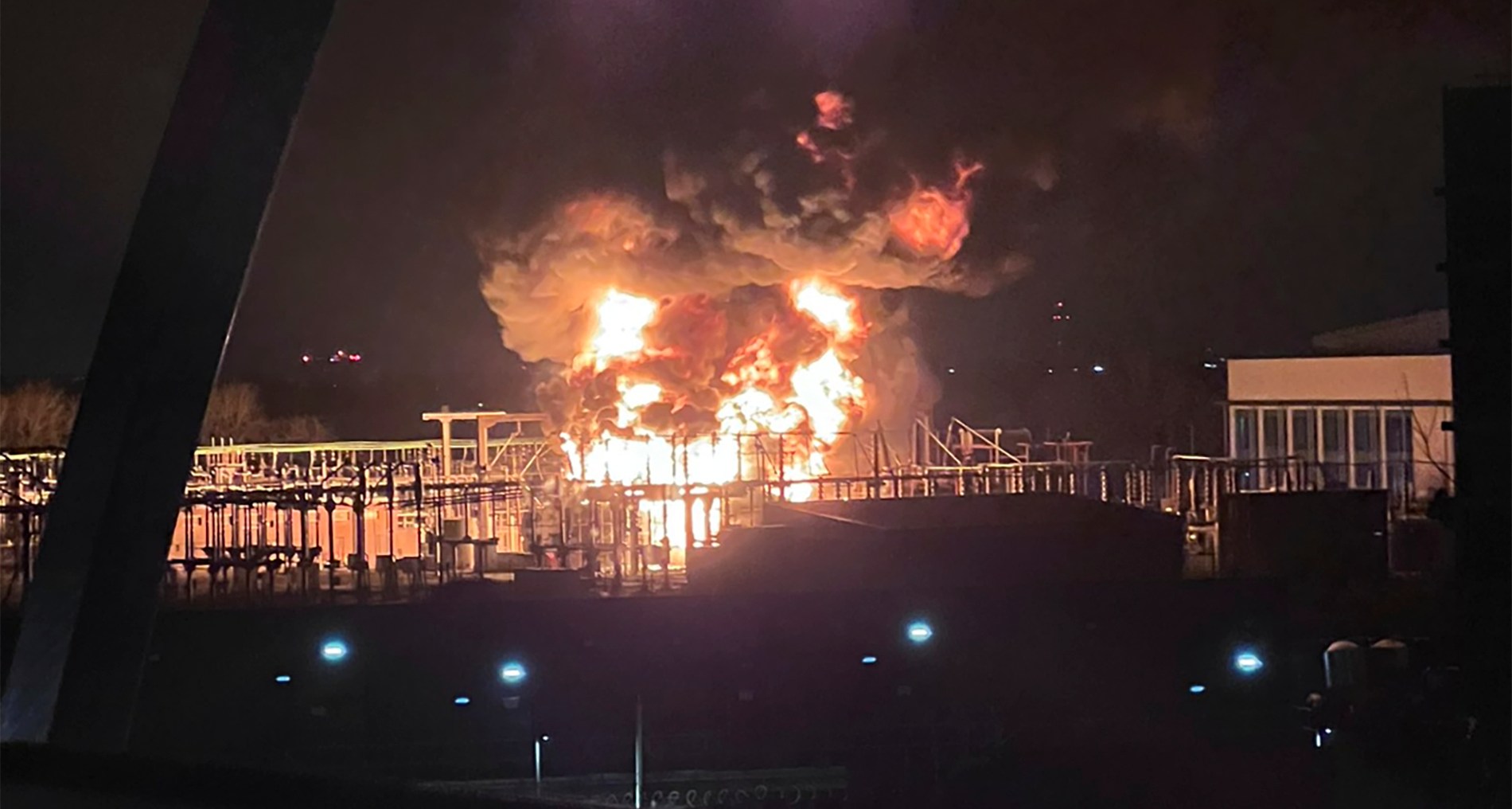
“As energy demands rise and electricity systems become more complex, it’s vital to ensure resilience within the network,” said Alice Delahunty, President of Electricity Transmission at National Grid.
The endeavor is unfolding in two phases: the initial phase, running from Hackney in east London to Wimbledon in the southwest, became operational in 2018; the second phase, extending from Wimbledon to Crayford in the southeast, is slated for completion next year. The overall expenditure for this project is approximately £2 billion, most of which will be distributed across electricity customers over the next four decades, averaging around £25 per household annually.
Why undertake such a monumental task? Construction Director Onur Aydemir emphasizes the age of London’s infrastructure, largely established in the 1950s and 60s, necessitating upgrades for modern needs.
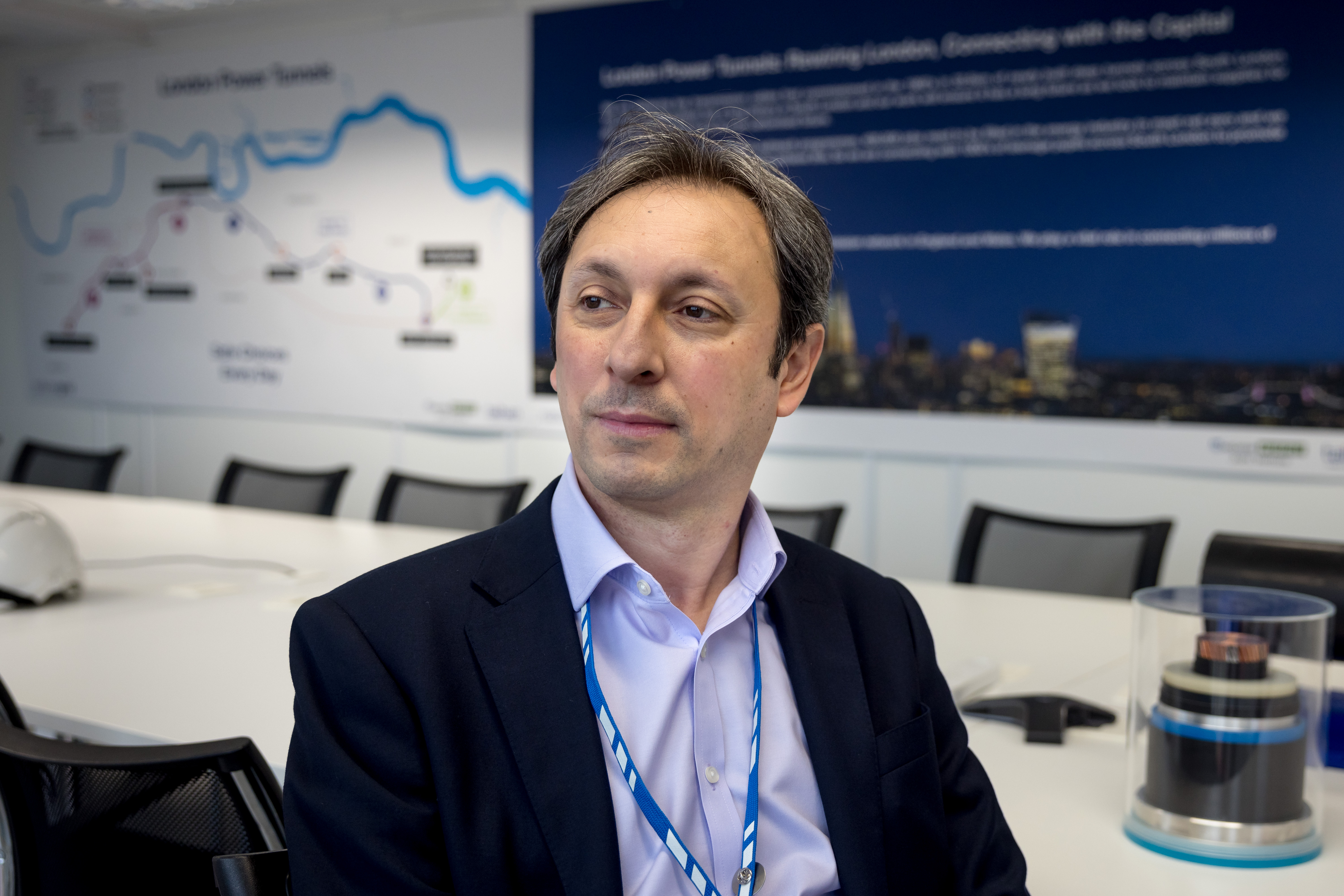
Once finalized, the tunnel will accommodate 242 miles of high-voltage cables, replacing the aging wires that currently snake through London at mere 1.5-meter depths. When these cables fail, extensive roadwork is required for repairs. By relocating power lines deep underground, significant road disruptions can be avoided.
“We will minimize disturbances; just opening shaft covers will allow maintenance,” Aydemir noted, adding that the new cables require little upkeep. National Grid’s cables, primarily sourced from South Korea, are expected to last over 40 years with infrequent checks, typically once every five years.
After a safety briefing that included instructions on carrying emergency respirators, our team descended in an aging lift to the base of the Brixton shaft. The well-lit tunnels extend into the distance, marked by thick black cables arranged on metal brackets by a robotic mechanism.
The tunnels measure roughly three meters in width—narrower than those in north London—which Senior attributes to advancements in tunnel construction techniques. Reducing width from four to three meters also lessens the volume of excavated earth, thereby reducing the project’s carbon footprint, and is still wider than a typical London Underground tunnel.
Approximately 500 workers are engaged in the project, cycling through the tunnels which can stretch up to three and a half miles to the next shaft in Wimbledon, or one and a half miles to the Bengeworth Road exit in the opposite direction—offering one of London’s most unconventional bike routes. However, the path is not without its challenges, as the tunnel takes subtle dips and curves.
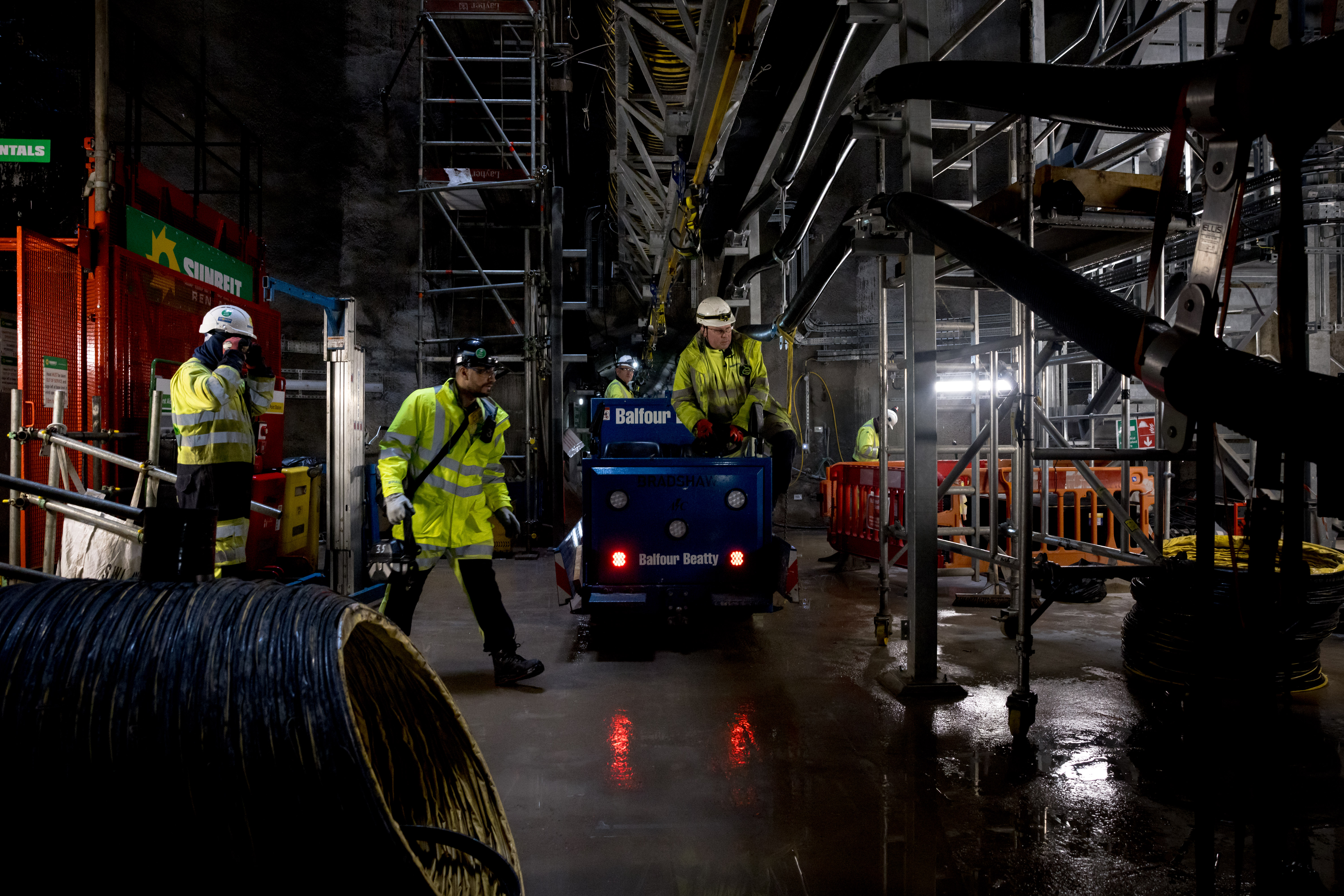
The engineers point out that South London presented more challenges than its northern counterpart, mainly due to the area’s elevation fluctuations. “Our deepest tunnel and our shallowest tunnel are only about two kilometers apart,” Senior remarked.
The London Power Tunnels initiative commenced in 2010, and since then, electricity sourcing has undergone a substantial transformation. The adoption of wind and solar energy has surged while nuclear capacity has diminished, and coal-fired power has been entirely phased out. Ed Miliband, the Labour Party’s energy secretary, has set an ambitious target of achieving a net-zero grid by 2030—a goal many believe is overly optimistic.
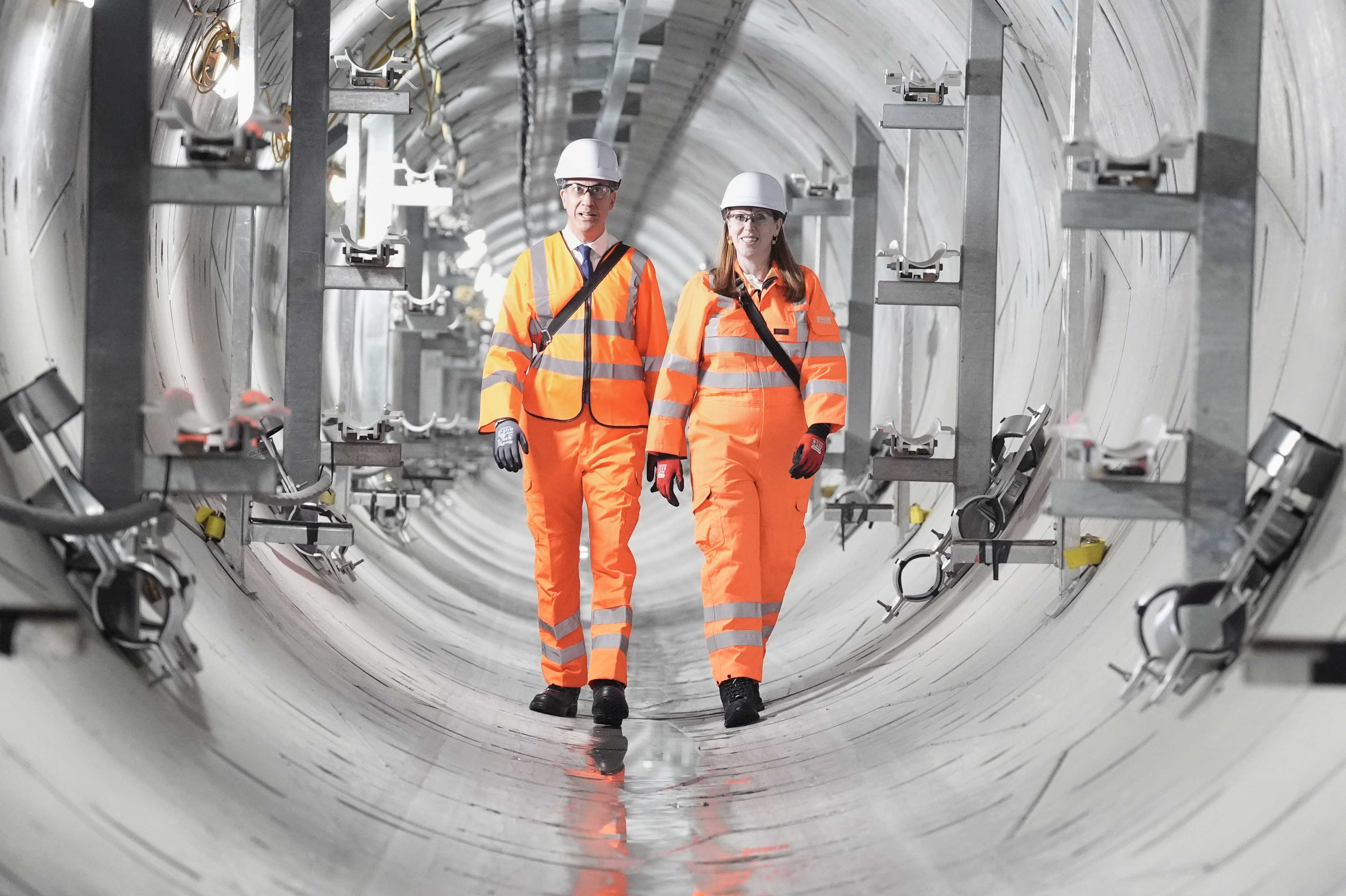
As discussions around net zero escalate, a backlash against such targets is also emerging. Recently, former Prime Minister Sir Tony Blair expressed skepticism about the feasibility of these ambitions, although he later softened his stance. Renewables now constitute a significant portion of the UK’s energy supply, creating a pressing need to modernize the grid.
“The grid was originally constructed along coal seams in the center of the country, focusing on coal generation in the 1960s. Currently, our power largely derives from nuclear and offshore wind installations along the coast. The configuration of the grid must adapt accordingly,” emphasized Delahunty.
In a future geared towards net zero, electricity will play a vital role in heating, transport, and industrial processes, alongside meeting the growing power demands of facilities like data centers.
“We are concentrating on three primary areas,” explained James Lomax, a senior analyst at Cornwall Insight, “upgrading the existing grid, developing new subsea infrastructure—such as cables connecting Scotland to England—and constructing new onshore networks.”
This development will necessitate the establishment of new power pylons. “Certain areas of the country have minimal energy infrastructure due to their historical lack of resources, but they are now emerging as key renewable energy hubs. Communities previously untouched by infrastructure will inevitably see the introduction of pylons,” noted Delahunty.
Last year, National Grid successfully raised funds through a £7 billion rights issue on the London Stock Exchange, enabling investments to support these transformative plans. “According to estimates, we require approximately fivefold more investment in the grid, about £10 billion annually from now until 2030,” Lomax stated.
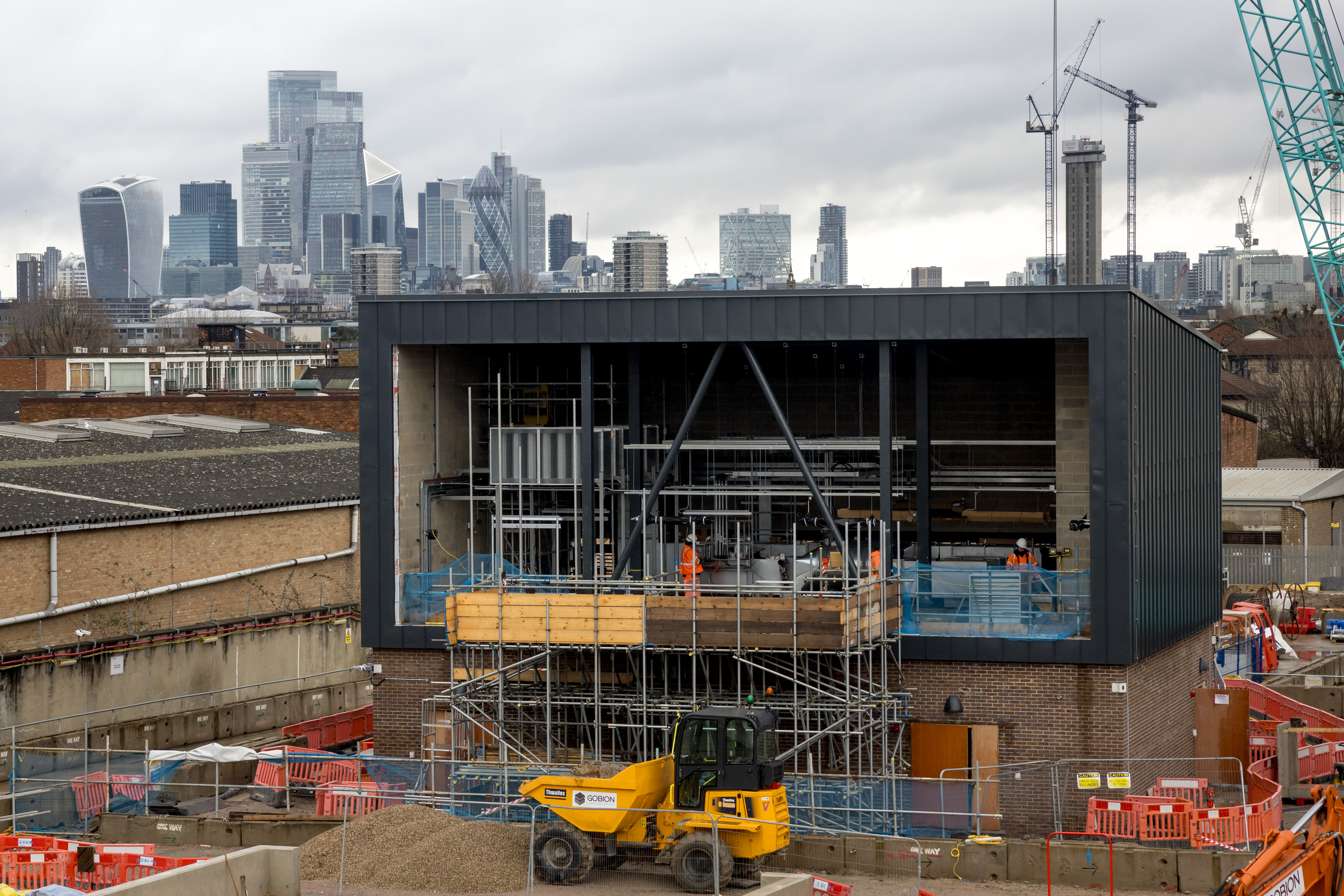
While underwriting underground cables can be cost-prohibitive elsewhere, London’s dense housing stock renders the London Power Tunnels project economically feasible. The National Grid anticipates that this model could guide efforts to modernize energy systems in other major cities.
Nevertheless, challenges remain, such as finding alternatives to sulphur hexafluoride (SF6), a potent coolant for electrical cables that poses a significant environmental risk being over 10,000 times more harmful in terms of carbon emissions than CO2, as described by Senior.
Additionally, the project must assess the removal of obsolete underground cables, many of which utilize oil for cooling—linked to a fire incident at the Heathrow substation in March. Senior noted, “Landowners’ preferences will dictate whether we can remove these cables; in most cases, especially on highways, we will likely leave them undisturbed due to minimal advantages in their removal.”
London’s commuters may find solace in these choices.
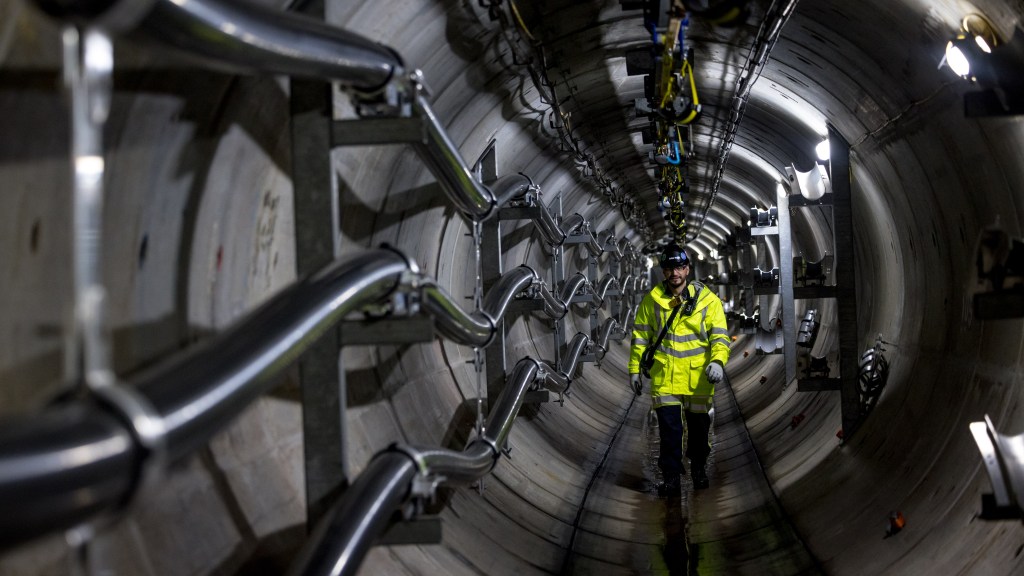



Post Comment